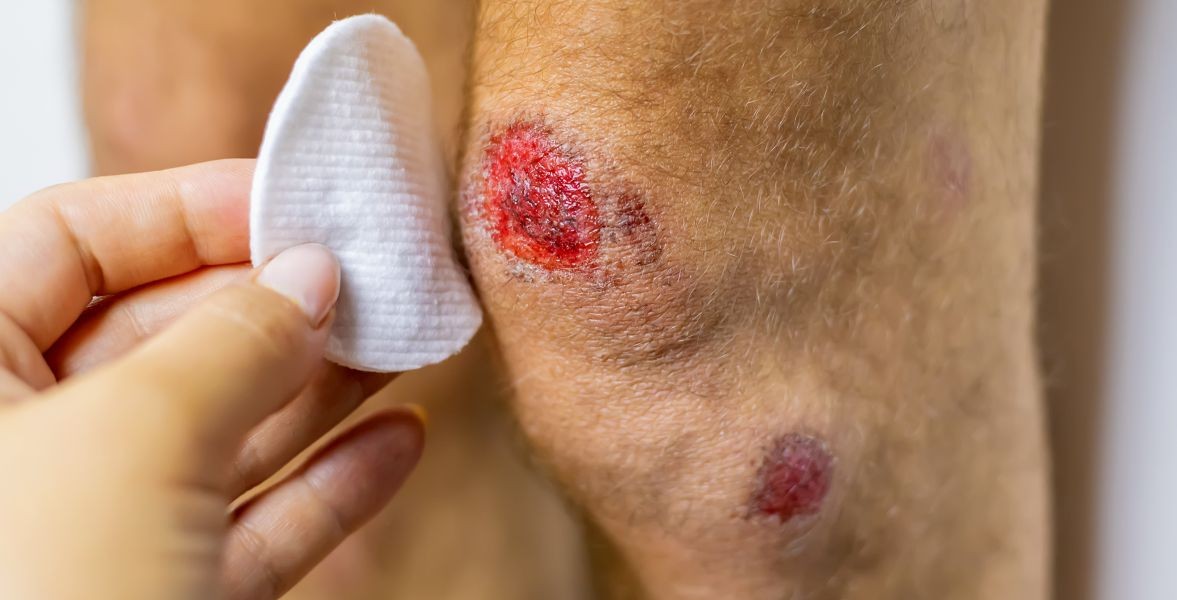Inspirational journeys
Follow the stories of academics and their research expeditions
Stages of Wound Healing

1. Immediate response to tissue injury
— Vasoconstriction and tissue contraction occur.
— Platelets aggregate and a clotting cascade is activated.
— Once hemostasis is complete, the release of vasoactive amines causes capillary dilation, and an exudate forms.
2. Inflammatory phase
— Granulocytes and lymphocytes accumulate to control the growth of bacteria and prevent infection.
— Immunoglobulins contribute to the control of infection.
— Macrophages phagocytize debris, encourage collagen deposition, and stimulate neovascularization.
3. Epithelialization
— Within 12 hours of injury, cells of the stratum germinative are activated, and within 24 hours, initial epithelialization may be complete.
4. Neovascularization
— New blood vessels form and bring nutrients and oxygen to the healing wound.
— Neovascularization begins on day 3 and peaks on day 7.
— By day 21, the process is complete and the new blood vessels withdraw as the tissue matures.
5. Collagen synthesis
— Fibrocytes initially lay down a disorganized pattern of collagen.
— Over months to years, the matrix is remodeled to form an organized meshwork of collagen.
6. Wound contraction
— Myofibroblasts are responsible for wound contraction, in which the initial scar contracts to a smaller size.
Tags:
Stages of Wound Healing Platelets Tissue contraction Clotting Collagen synthesis Wound contraction Health and Wellness Tissue injury0 Comments
Categories
Recent posts
IQAI: Transforming Healthcare - One Success Story at a Time
Wed, 20 Sep 2023





Leave a comment